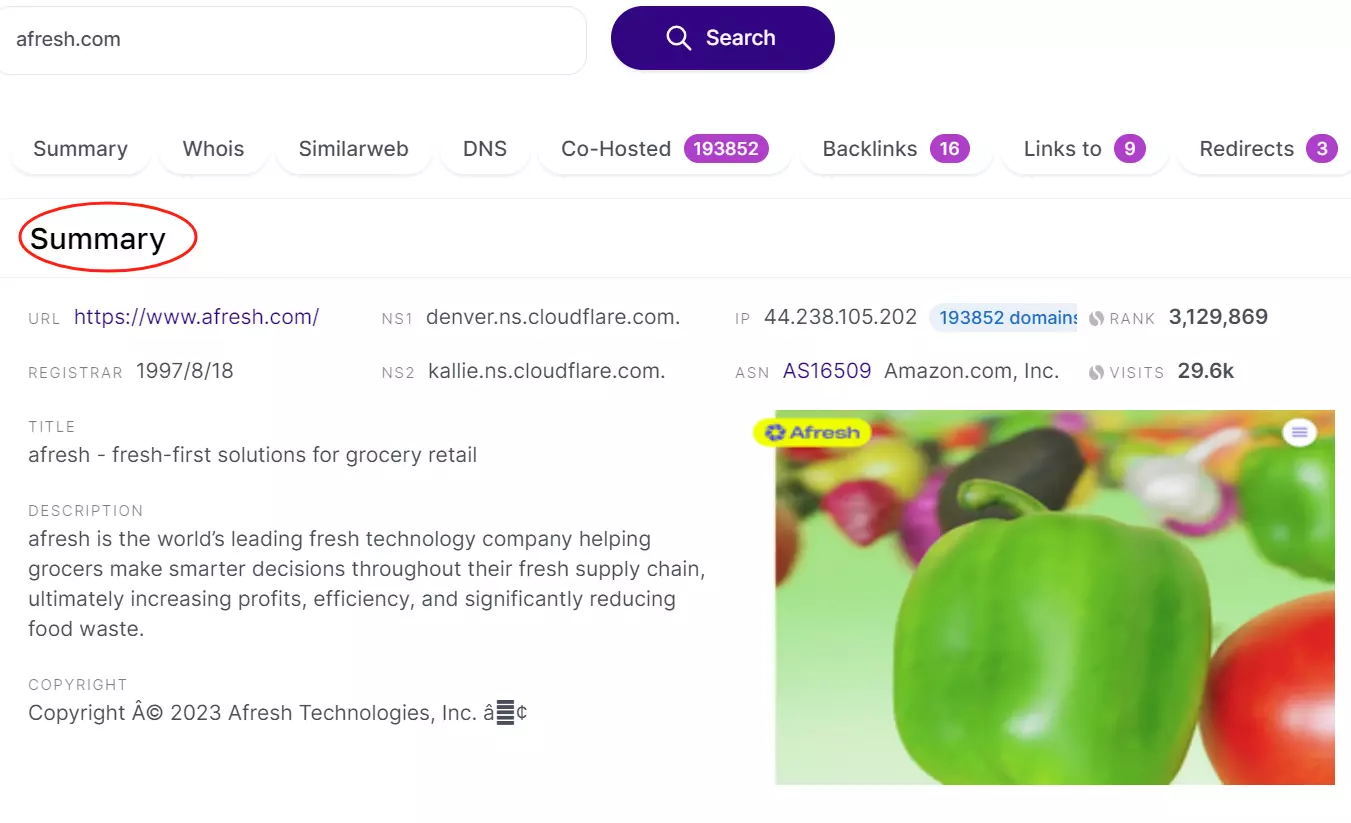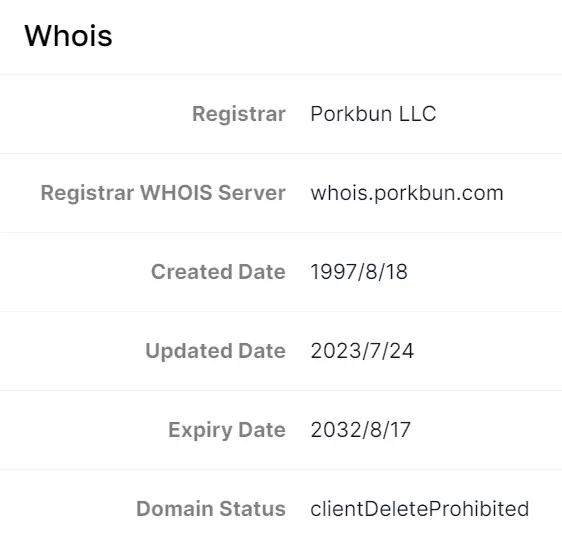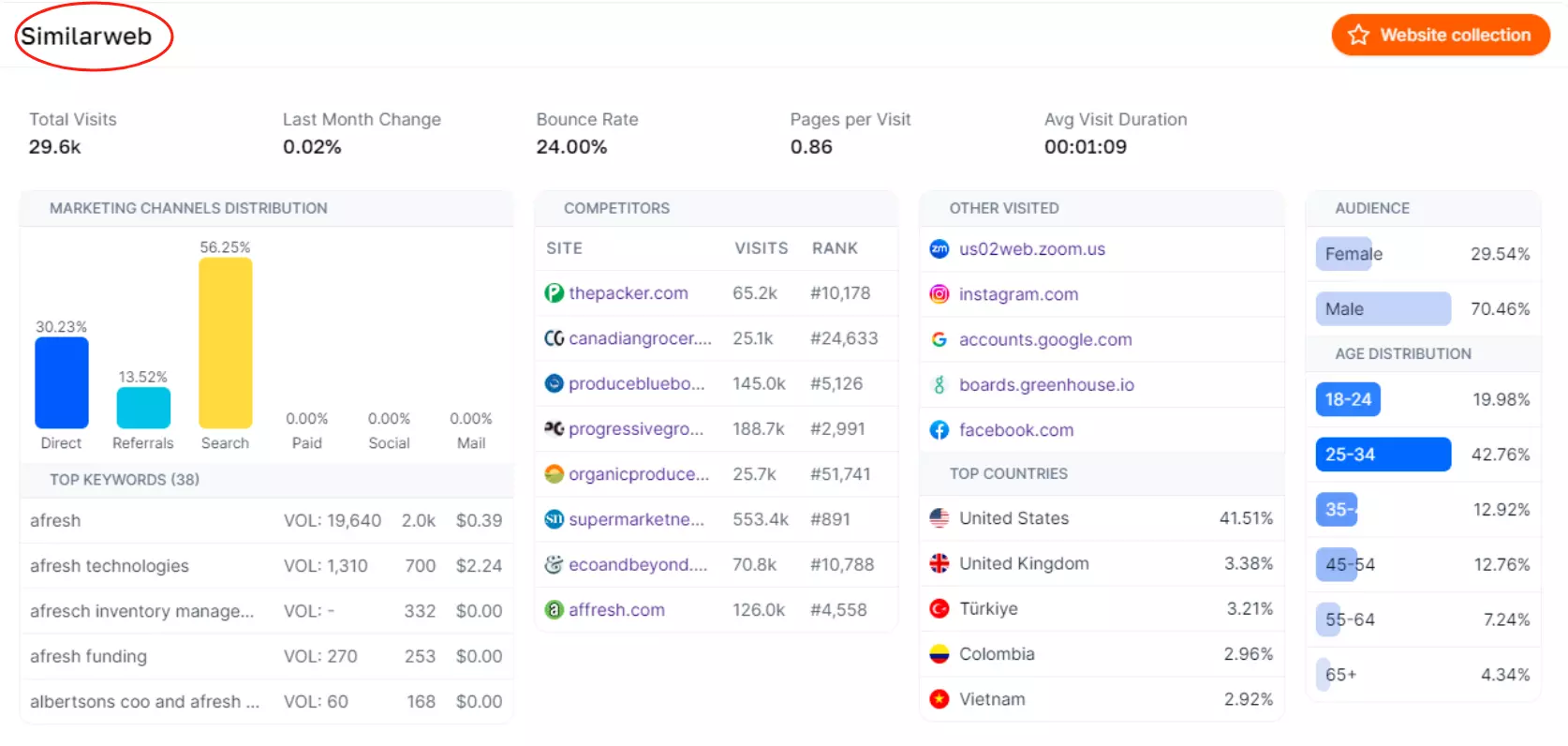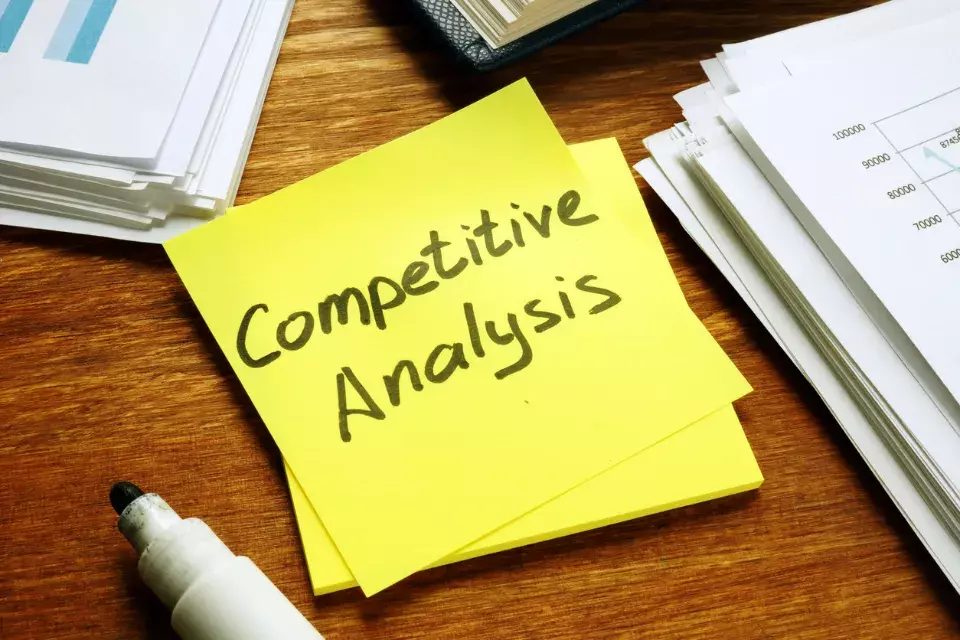
If you're running a business and want to rank top on the market, understanding and analyzing your competitors is crucial for success. But how to do competitor analysis?
Competitor analysis is a systematic approach that provides valuable insights into the strengths, weaknesses, opportunities, and threats present in your industry.
This essay explores the intricacies of conducting competitor analysis, outlining key steps and strategies to gain a competitive edge in today's fast-paced business environment.
What is Competitor Analysis?
Competitor analysis is the process of evaluating the strategies, market positioning, and performance of competitors to inform decision-making within a business.
This systematic examination enables organizations to identify growth opportunities, anticipate market trends, and refine their strategies based on observed successes and failures in the industry.
How to Do Competitor Analysis: Key Steps
Identifying Competitors
The first step in a competitor analysis is to identify who your competitors are. Competitors can be classified into direct and indirect categories.
Direct competitors offer similar products or services to the same target audience, while indirect competitors may serve the same needs but with different solutions.
Gathering Information
Once competitors are identified, the next step is to gather information about them. This involves researching their products, pricing strategies, marketing tactics, distribution channels, and overall market positioning.
With the Website Audit Tool in Niche Finder, you can find out everything about your competitors.
Taking afresh.com as an example: In the Summary section, the website's URL address, registration time, DNS information, IP address, as well as all other websites under that address, ranking and traffic, website title, DESCRIPTION, and copyright information will be displayed. You can also see a website's image in this part.

In the Whois section, we can see the registrant, service provider information, establishment time, update time, website expiration time, and domain name status of the website.

For similar web info, there is a lot to consider. The first line will display the total monthly traffic and changes from the previous month, website bounce rate, pages per visit, and average stay time.
In addition, you will also learn about the proportion of traffic sources, Top keywords, main competitors, major countries of traffic distribution, the gender ratio of visitors, and age distribution.

For example, if you find that its Direct traffic (including direct search or bookmark direct access) accounts for a relatively high proportion, it indicates that it has formed a fixed customer base.
If the proportion of search traffic is high, it indicates that there are many aspects of SEO that we can learn from.
If the proportion of Referrals is high, it can indicate that their off-site recommendation traffic has been very successful.
From the traffic proportion chart, we can quickly understand how the website has seized traffic.
With Website Audit tool, you can quickly discover a general understanding of the entire market.
SWOT Analysis
Conducting a SWOT analysis (Strengths, Weaknesses, Opportunities, Threats) is a fundamental aspect of competitor analysis. This structured assessment helps identify internal and external factors that can impact a competitor's performance.
By understanding their strengths and weaknesses, businesses can capitalize on opportunities and mitigate potential threats.
Benchmarking
Benchmarking involves comparing your business's performance metrics against those of your competitors. This could include key performance indicators (KPIs) such as market share, revenue growth, customer satisfaction, and operational efficiency.
Benchmarking provides a quantitative perspective on where your business stands relative to competitors.
Market Positioning
Analyzing how competitors position themselves in the market is crucial. This involves understanding their unique selling propositions (USPs), target demographics, and brand messaging.
Examining market positioning helps identify gaps that your business can fill or areas where differentiation is needed.
Customer Feedback and Reviews
Customer feedback is a valuable source of information in competitor analysis. Analyzing customer reviews and testimonials provides insights into what customers appreciate or dislike about competitors' products or services.
This qualitative data can inform product development, customer service improvements, and marketing strategies.
Technological and Innovation Analysis
Assessing competitors' technological capabilities and innovation initiatives is essential, especially in industries where rapid advancements occur.
Understanding their technological roadmap can inform your business's innovation strategy and help anticipate shifts in customer preferences.
Regulatory and Compliance Landscape
Keeping abreast of the regulatory environment in which competitors operate is crucial. Changes in regulations can impact industry dynamics, affecting both opportunities and threats.
A proactive approach to compliance ensures that your business remains adaptable and resilient in the face of regulatory shifts.
Strategies for Effective Competitor Analysis

Crafting successful business strategies hinges on the ability to conduct effective competitor analysis.
Continuous Monitoring
Competitor analysis is not a one-time task but an ongoing process. The business environment is dynamic, with competitors adapting to market changes. Continuous monitoring ensures that your understanding of the competitive landscape remains current, allowing for timely adjustments to your strategies.
Utilizing Competitive Intelligence Tools
Leveraging technological tools for competitive intelligence streamlines the data collection process. Tools such as SEMrush, Ahrefs, and SimilarWeb provide insights into competitors' online presence, keywords, backlink strategies, and traffic sources. These tools can offer a quantitative edge in understanding digital marketing efforts.
Scenario Planning
Engaging in scenario planning involves anticipating potential future developments in the industry. By considering various scenarios, businesses can prepare for different outcomes and develop strategies that are robust under different circumstances. This proactive approach enhances strategic agility and resilience.
Collaborative Analysis
In some cases, forming alliances or partnerships with industry players can provide mutual benefits. Collaborative analysis involves sharing non-sensitive information with strategic partners to collectively strengthen the industry.
This approach fosters a more comprehensive understanding of market dynamics.
Innovation and Differentiation
Competitor analysis should not solely focus on imitation but also innovation and differentiation. Identifying gaps in the market or areas where competitors fall short allows businesses to innovate and offer unique value propositions that set them apart.
Customer-Centric Approach
Understanding customer preferences and pain points is at the core of effective competitor analysis.
A customer-centric approach involves aligning business strategies with customer needs and expectations. By prioritizing customer satisfaction, businesses can gain a competitive advantage and foster brand loyalty.
Agile Strategy Implementation
Competitor analysis should not only inform long-term strategic planning but also guide agile, real-time decision-making.
An agile strategy implementation allows businesses to respond swiftly to changes in the competitive landscape, ensuring that they remain adaptive and responsive to market dynamics.
What is The Purpose Of a Competitive Analysis?
Conducting a competitive analysis serves the purpose of unveiling your distinctive advantages while identifying potential obstacles to growth.
This process empowers you to fortify your marketing and business strategies. Moreover, it fosters a proactive stance, ensuring that your business stays ahead of developments rather than merely reacting to them.
Many entrepreneurs rely on preconceived notions about their competitors and market dynamics, yet these notions may be inaccurate or outdated. A thorough competitive analysis provides an up-to-date and accurate understanding of your competitive landscape.
Conclusion on Competitor Analysis
Competitor analysis is an indispensable tool for businesses seeking sustainable success in a competitive marketplace.
By systematically assessing competitors' strengths, weaknesses, opportunities, and threats, organizations can refine their strategies, identify growth prospects, and navigate industry challenges.
In an era of rapid technological advancements and evolving customer expectations, the ability to conduct effective competitor analysis is a strategic imperative for businesses aspiring to thrive in the ever-changing business landscape.